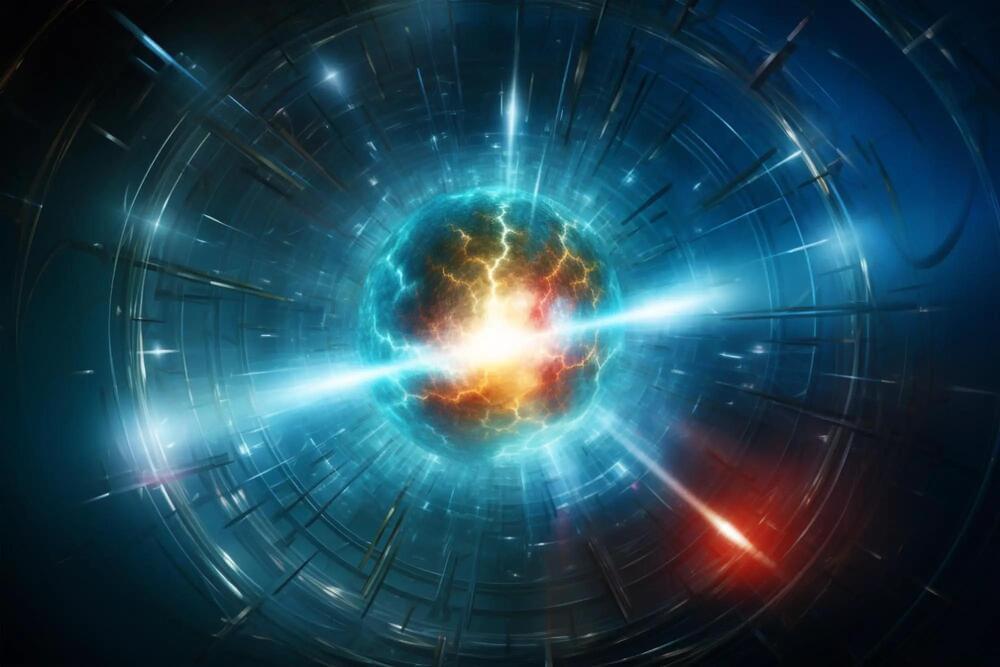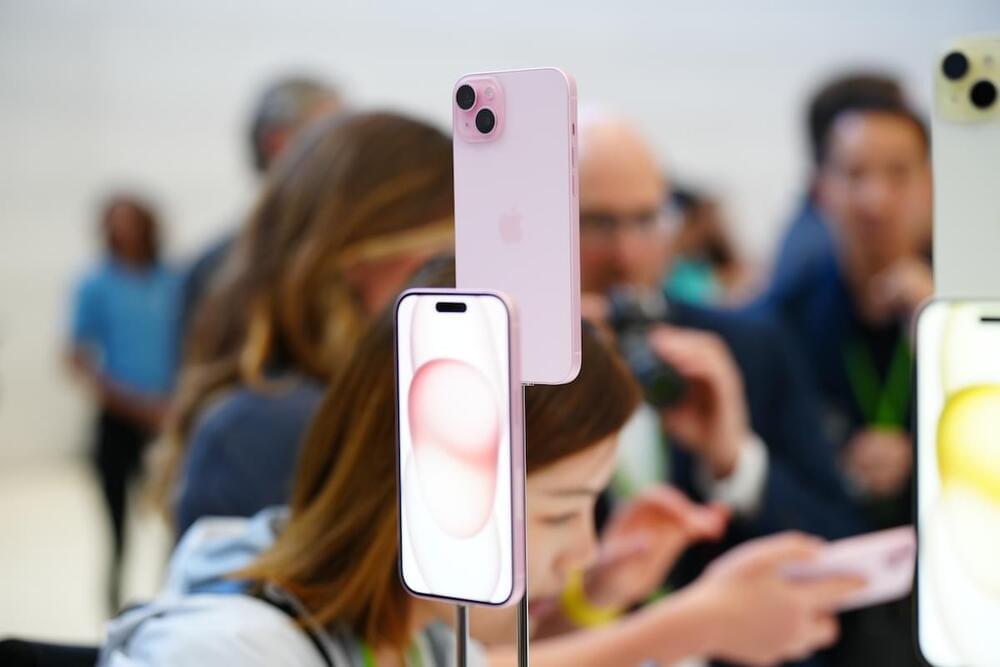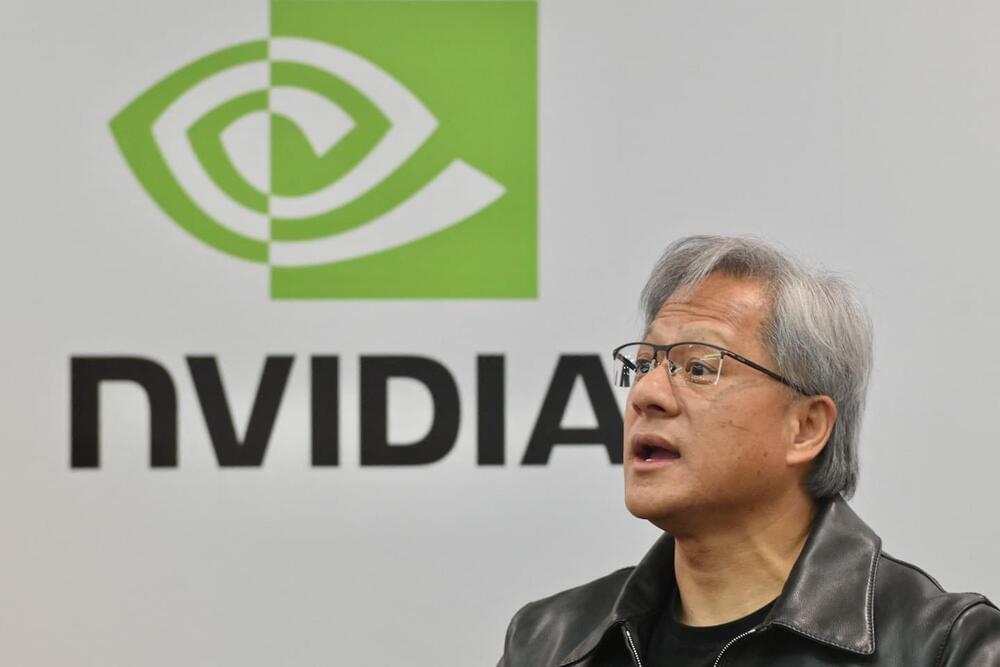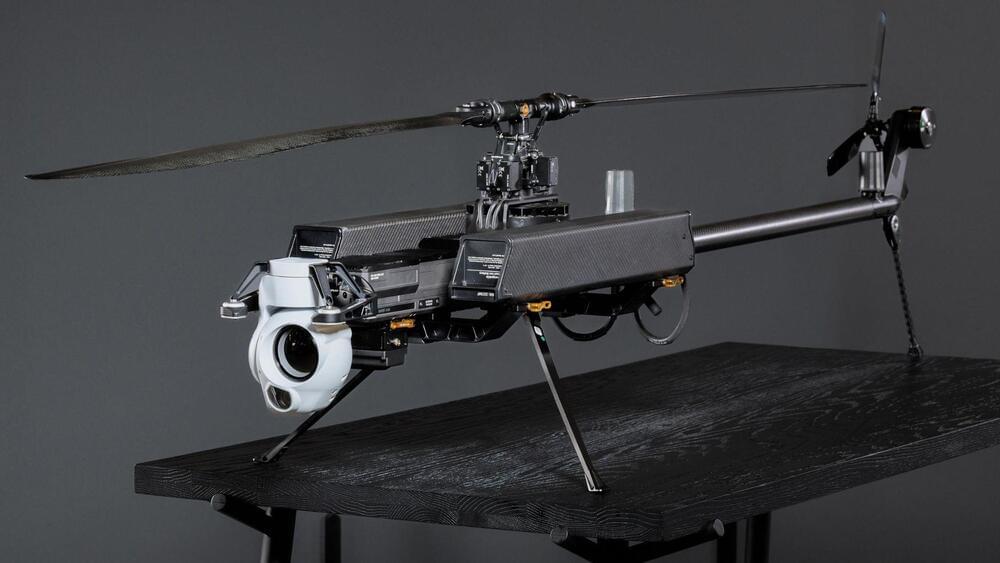Researchers unravel the mysteries of smell using machine learning. Their AI model has achieved human-level skill in describing how certain chemicals will smell, closing a critical gap in the scientific understanding of olfaction.
Beyond advancing our comprehension of smell, this technology could lead to breakthroughs in the fragrance and flavor industries, and even help create new functional scents like mosquito repellents. The study validates a first-of-its-kind data-driven map of human olfaction, which correlates chemical structure to odor perception.
Summary: Researchers unravel the mysteries of smell using machine learning. Their AI model has achieved human-level skill in describing how certain chemicals will smell, closing a critical gap in the scientific understanding of olfaction.






